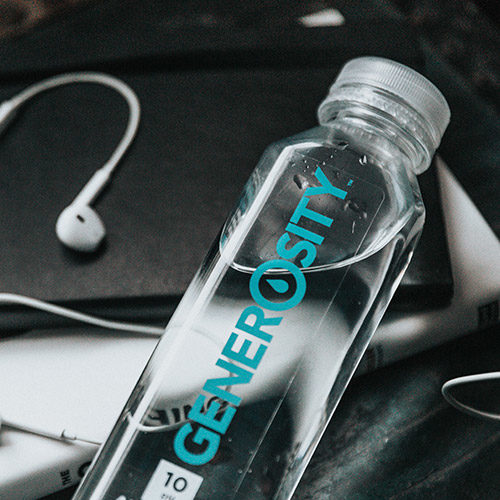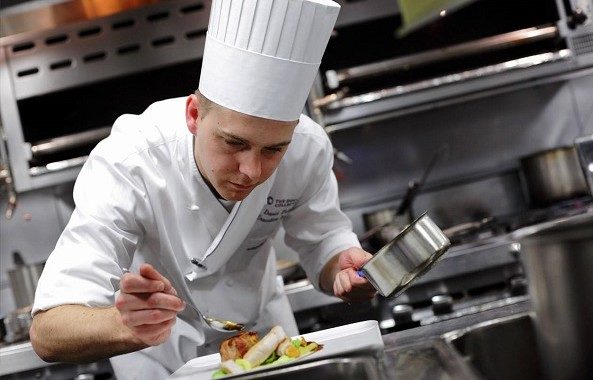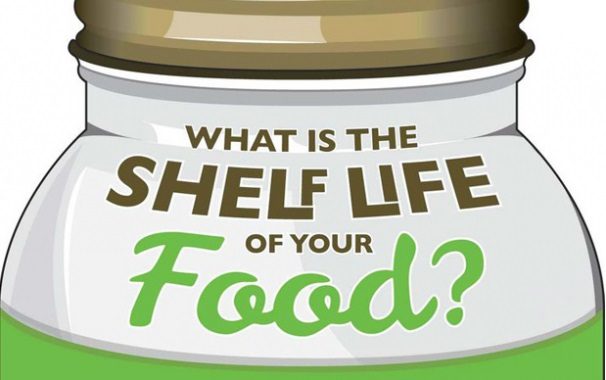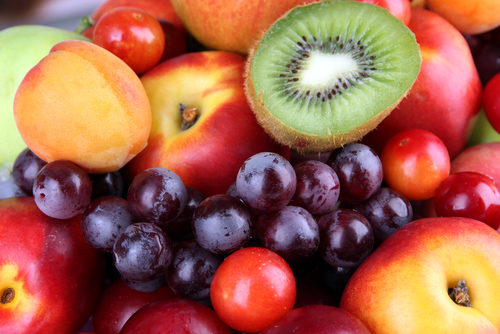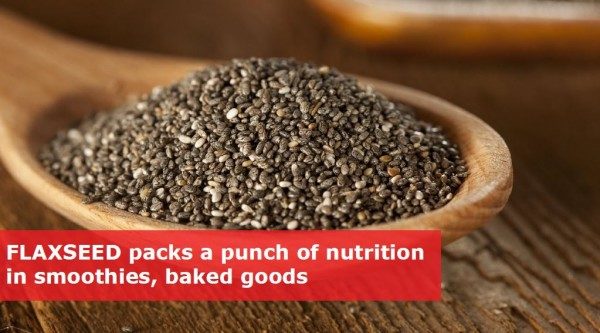Menu Trends Everyone Can Use
Top chefs and restaurants are experimenting with many new ideas to spice up their menu. With a little creativity, trends today can be repurposed for almost any scenario or occasions. Here are five ideas on how to incorporate some “hot” trends into menus.
1. Ethnic cuisine won’t go away! — Having menu items that include alternative flavors gives the diner more options. Sometimes an alternative is needed from traditional flavors to spice up a menu, so including ethnic flavors in simple way is a good idea. It keeps a menu current and exciting, while not being operationally too complex. Adding an ethnic item could be as simple as topping a burger with creative ingredients such as a raspberry-chipotle spread, cilantro-pecan pesto or even raspberry-avocado salsa. Cumin, coriander, and garam masala can also be used to add rich flavor to burger patties, giving them a bit of an Indian twist. Then top with a creative sauce and you have created something that is a real alternative to the traditional burger.
2. Exotic fruits allow experimentation — Similar to the idea of ethnic cuisine, having a menu item that incorporates a not-so-common fruit might intrigue a diner. Most often, fruits such as star fruit, guava, and blood orange are incorporated into desserts. According to the February 2015 FoodBytes by Datassential, these exotic fruits can “demonstrate the kitchen’s creativity and more worldly flavor profiles for progressive operators,” meaning that diners are often intrigued and impressed when they see a change from the expected.
3. Small plates let diners taste their way through dinner — Many people today like to try a bit of everything on the menu. This lends itself very well to small plates whereas a group of people can try many different flavors in the course of their meal, rather than just having an entrée to themselves. Luckily, this is not hard to do, as lessening portion size and informing diners that small plates are available is all it takes. That and encouraging them give it a try!
4. Sriracha is just one example of spice — Diners today are really enjoying spicy food. Sriracha sauce is being incorporated into everything from sandwiches to mac and cheese. Heinz has even created a new Sriracha-infused ketchup! Developing a few menu items that appeal to this spicy craze gives diners the option to enjoy a spicy meal, while also leaving plenty of options for those who are less inclined towards spicy foods. Simple executions could include adding a bit of Sriracha sauce to a traditional meatloaf or bowl of tomato soup. The sauce is versatile and can be added to many different menu types of food. This is an ingredient where it is easy to be imaginative
5. Seasonal items are always “in-season” — Seasonal flavors keep a menu from becoming boring, and actually suggest freshness for the establishment. This is especially true with desserts. Most people would not want to be eating pumpkin pie in the middle of the summer, and most people would not choose lemon sorbet off of a dessert menu in the dead of winter. Datassentials reports that “Seasonal special desserts are of particular interest to over half of consumers,” approximately 59%. Any restaurant can put their own spin on seasonal flavors. In the spring and summer, fresh, light, and cold work well for desserts. For example, a chocolate mousse with fresh berries. As the colder months approach, people crave warm desserts and home-y flavors such as cinnamon and nutmeg. Figs, dates, chocolate and butterscotch – think sticky cakes – and even traditional apple pie are all desserts or ingredients that point towards the desire for comfort in the cold weather months.







